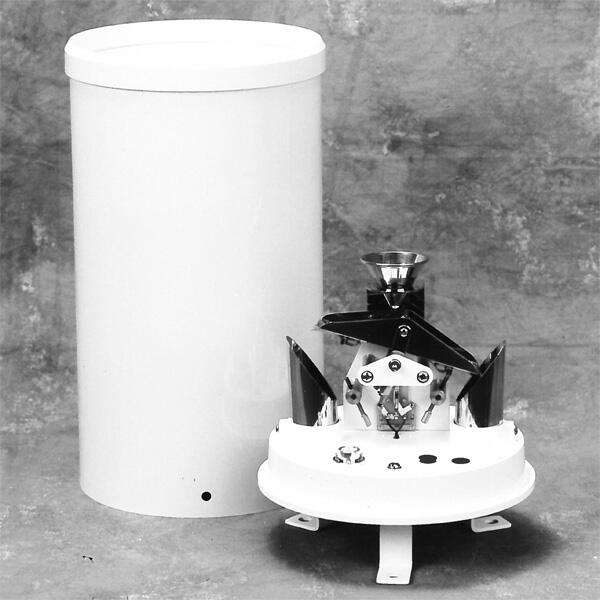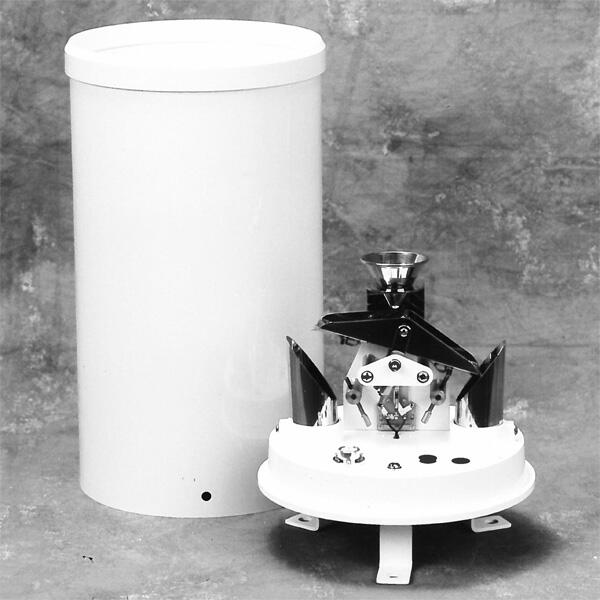
# Rain Gauge Description: Understanding Its Function and Types
A rain gauge is an essential meteorological instrument used to measure the amount of precipitation, specifically rainfall, over a set period. It plays a crucial role in weather forecasting, agriculture, hydrology, and climate studies. By providing accurate data on rainfall, rain gauges help scientists, farmers, and policymakers make informed decisions.
## How Does a Rain Gauge Work?
A rain gauge typically consists of a cylindrical container with a funnel-shaped top that collects rainwater. The collected water is then measured using a calibrated scale, usually in millimeters or inches. The design ensures that the water is funneled into a narrow tube, allowing for precise measurement even with small amounts of rainfall.
There are two main types of rain gauges: manual and automatic. Manual rain gauges require human intervention to read and record the data, while automatic rain gauges use sensors to measure and transmit the data electronically.
## Types of Rain Gauges
Rain gauges come in various designs, each suited for specific applications. Below are some of the most common types:
### 1. Standard Rain Gauge
The standard rain gauge, also known as the manual rain gauge, is the most basic type. It consists of a cylindrical container with a funnel that directs rainwater into a measuring tube. The tube is marked with a scale, allowing users to read the rainfall amount directly.
### 2. Tipping Bucket Rain Gauge
The tipping bucket rain gauge is an automatic type that uses a small bucket mechanism to measure rainfall. When a certain amount of rainwater fills one bucket, it tips over, emptying the water and triggering a sensor. The number of tips is recorded and converted into rainfall measurements.
### 3. Weighing Rain Gauge
A weighing rain gauge measures rainfall by weighing the collected water. As rainwater accumulates in a container, the weight increases, and this change is recorded by a sensor. This type of gauge is highly accurate and is often used in research and scientific studies.
### 4. Optical Rain Gauge
Optical rain gauges use light beams to detect and measure rainfall. When raindrops pass through the light beam, they scatter the light, and the sensor calculates the rainfall intensity based on the scattering pattern. These gauges are commonly used in automated weather stations.
## Importance of Rain Gauges
Rain gauges are vital tools for understanding and predicting weather patterns. They provide critical data for:
– Agriculture: Farmers rely on rainfall data to plan irrigation and crop management.
– Hydrology: Hydrologists use rainfall measurements to study water cycles and manage water resources.
– Climate Studies: Long-term rainfall data helps scientists analyze climate trends and changes.
– Disaster Management: Accurate rainfall measurements are essential for predicting and mitigating floods and droughts.
## Conclusion
Rain gauges are simple yet powerful instruments that play a significant role in various fields. Whether manual or automatic, each type of rain gauge serves a unique purpose, contributing to our understanding of weather and climate. By accurately measuring rainfall, these devices help us make informed decisions that impact agriculture, water management, and disaster preparedness.
Keyword: rain gauge description
